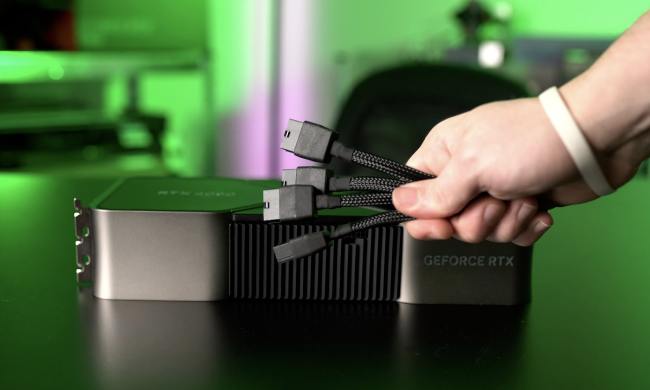Wireless virtual reality is considered by many to be one of the must-have upgrades for the next generation of virtual reality headsets. There are a few different ways of doing it right now, whether it’s with bespoke transmitters and receivers like the TPCast system, or with compression algorithms for standard Wi-Fi transmission. Intel’s solution however, focuses on the latest generation of high-speed wireless networking.
The technology was demonstrated live on stage for the attending audience and viewers at home, showing seamless wireless gameplay in Valve’s The Lab archer demo. There was no visible lag between the player’s movements and the action being mirrored to a nearby display, though it’s not clear if such a viewpoint would be susceptible to any potential lag the headset may have displayed.
Intel didn’t go into detail about how the technology works, but we’re told that it makes use of WiGig wireless connectivity. Otherwise known as the IEEE 802.11ad standard, it’s becoming more commonplace in new networking hardware and allows for up to 7Gbps wireless data transfer over various frequency bands.
This wireless system also uses the DisplayLink XR codec, which should mean some measure of compression takes place. While WiGig should have enough bandwidth to support first-generation VR headsets without the need for much compression, being able to do so should ensure a seamless VR experience in case available throughput drops for whatever reason.
In the video we can see that some additional hardware has been added to the Vive demo unit to enable its wireless connectivity. We can speculate that it contains a receiver of some kind for the wireless data, as well as a battery pack. Unfortunately, Intel has yet to release any details of the actual hardware involved in the wireless Vive upgrade.
What we do know though, is that it’s not quite ready for prime time just yet. Intel’s Bryant said during his address that we can expect this technology to be ready for consumers in early 2018.



